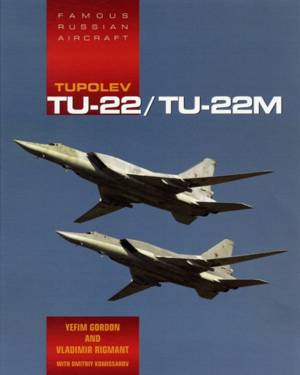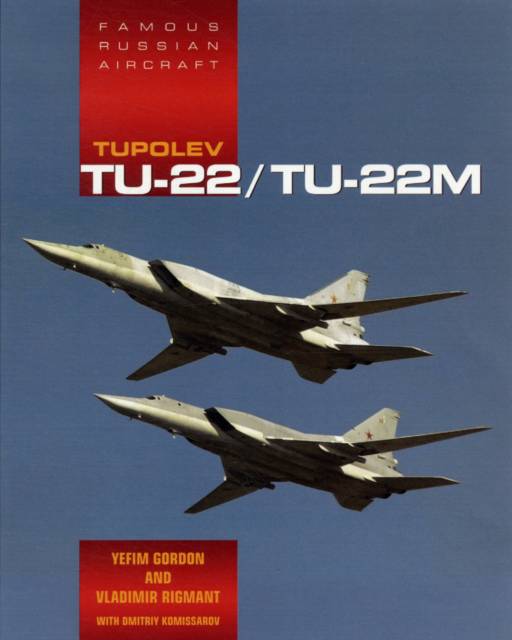
- Afhalen na 1 uur in een winkel met voorraad
- Gratis thuislevering in België vanaf € 30
- Ruim aanbod met 7 miljoen producten
- Afhalen na 1 uur in een winkel met voorraad
- Gratis thuislevering in België vanaf € 30
- Ruim aanbod met 7 miljoen producten
Zoeken
€ 69,95
+ 139 punten
Omschrijving
The Tupolev Tu-22 Blinder and Tu-22M Backfire led the Soviet Union's supersonic bomber air force from the 1960s, although the two aircraft were very different. The Tu-22--nicknamed Blinder by NATO--was the pioneering supersonic bomber in the USSR, entering production in 1960. The first Tu-22B aircraft entered Soviet service in 1962 and the aircraft continued into production until 1969 through several variants, including reconnaissance and electronic warfare versions. The aircraft was a mixed success as its performance compared unfavorably the Tu-16. It was also sold abroad to Libya and Iraq. The Tu-22M Backfire was developed by Tupolev during the 1960s when the Tu-22's shortcomings became apparent. The variable-geometry wings in the new design improved performance considerably and the new aircraft entered service in 1972 in the strategic bomber role and it was used in this capacity in the 1979-1989 war against Afghanistan. Yefim Gordon's unparalleled access to information on Russian aviation makes this the most complete book published on this fascinating aircraft.
Specificaties
Betrokkenen
- Auteur(s):
- Uitgeverij:
Inhoud
- Aantal bladzijden:
- 432
- Taal:
- Engels
- Reeks:
Eigenschappen
- Productcode (EAN):
- 9781857803563
- Verschijningsdatum:
- 15/07/2012
- Uitvoering:
- Hardcover
- Formaat:
- Genaaid
- Afmetingen:
- 216 mm x 279 mm
- Gewicht:
- 2012 g

Alleen bij Standaard Boekhandel
+ 139 punten op je klantenkaart van Standaard Boekhandel
Beoordelingen
We publiceren alleen reviews die voldoen aan de voorwaarden voor reviews. Bekijk onze voorwaarden voor reviews.








